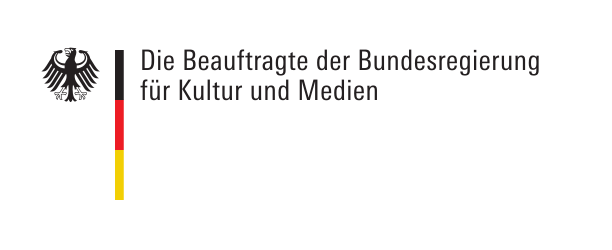Villa Romana Fellows 2024
Rubén D’hers, Tuli Mekondjo, Monai de Paula Antunes, Sergio Zevallos

[1] Rubén D’hers. Photographer: Nicolás Val. [2] Tuli Mekondjo. Photographer: Christian Stiebal. [3] Monai de Paula Antunes. Photographer: Tony Elieh [4] Sergio Zevallos. Courtesy of the artist.
As we announced on 7 August through our social media and different press platforms, the Villa Romana Fellows 2024 have been selected.
The Villa Romana Prize has been awarded by the non-profit Villa Romana Association since 1905 and comes with a ten-month residency at the Florentine artists’ house, prize money, and a final publication. This spring, the two selected jurors of the Villa Romana Prize 2024—curator Paz Guevara and artist Lerato Shadi—met in Florence alongside newly appointed director Elena Agudio and curator and project coordinator Mistura Allison. For the first time, three nominators were invited to recommend artists to be considered for the prize. The nominators were: curator Natasha Ginwala, artist Marwa Arsanios, and curator and artist Lorenzo Sandoval.
The jurors chose to privilege practices focused on social relevance, public politics of the domestics, long-term research, and experimentation. The Villa Romana Association would like to thank them for their deliberation and is pleased to announce the four selected prize winners:
Rubén D’hers, Tuli Mekondjo, Monai de Paula Antunes, and Sergio Zevallos.
Rubén D’hers is a Venezuelan artist based in Berlin. Moving across music, sound installation, and painting he examines stationary sounds from the domestic environment, both trying to unveil their potential as found musical material and investigating how they can appeal to our involuntary auditory imagery. He holds an MFA in Sound Studies from the Berlin University of Arts, a BFA in Media Art & Design from the Bauhaus University Weimar, and in Painting from the Cristóbal Rojas Technical School of Visual Arts in Venezuela.
Tuli Mekondjo is a self-taught Namibian artist based in Berlin, recipient of the prestigious DAAD Artist-in-Berlin Program in 2022. She works with mixed media including embroidery, photo transfer, resin, and mahangu (millet) grain—a Namibian food staple. Drawing on colonial and war-time photographic archives, Mekondjo’s practice explores Namibian history and identity politics. Drawing on histories of change, loss, and submission—particularly when it comes to women—she stitches between past and present. In many recent works, the artist positions herself in dialogue with her ancestors, directly acknowledging their pain, whilst referencing multiple African folklore traditions.
Monai de Paula Antunes is an artistic researcher, transmission artist, and radio-maker based in Berlin; interested in Communication and Complexity together with their material, spatial and political entanglements. Her work engages with the rich materialities and multiple cultural traditions of radio, drawing attention through them to peripheral manifestations of cybernetics and ecology. Presenting itself as infrastructural, her practice decentralises and connects by producing participatory artworks but also through the reforming and interweaving of things as an art form. Part of Radio Otherwise, she is also the director and founder of Archipel Stations Community Radio, and founder and board member of Archipel e.V and FR-BB e.V., among other NGOs engaged with art, education, communication, philosophy, and ecology.
Sergio Zevallos is a multidisciplinary artist living and working between Lima and Berlin. He was co-founder of Grupo Chaclacayo, a collective of the 1980s that dealt with the intersection of religion, gender, and armed conflicts. In 1989 the group migrated to Germany until it dissolved in 1994. Zevallos works on issues of transcultural identity, gender, and the relationship between the individual and power, or between intimacy and the codes of institutionality. A basic concept for his work is the hybrid, both in the organic and sexual sense, as well as in the theoretical and conceptual. He mostly uses images and texts of public circulation, press, popular magazines or educational books for installations, photographs, drawings, performances, and sound compositions.
The collaboration between Kunsthistorisches Institut in Florenz—Max-Planck-Institut and Villa Romana will continue in its fifth year in 2024. Villa Romana e.V. would like to thank the Kunsthistorisches Institut in Florenz—Max-Planck-Institut for this continued support.
The patron of the Villa Romana and founder of the Villa Romana Prize is the registered non-profit association Villa Romana e.V.
The Federal Government Commissioner for Culture and the Media (BKM) is a main sponsor of Villa Romana since 2021. The association is also supported by Deutsche Bank Foundation and BAO Foundation among others.
The Villa Romana e.V. maintains the Villa Romana and the Villa Romana Prize.
The main sponsor is the Federal Government Commissioner for Culture and the Media.
Other sponsors are the Deutsche Bank Foundation, the BAO Foundation as well as - project related - numerous private individuals, companies and foundations from all over the world.
Villa Romana e.V. is supported by:





